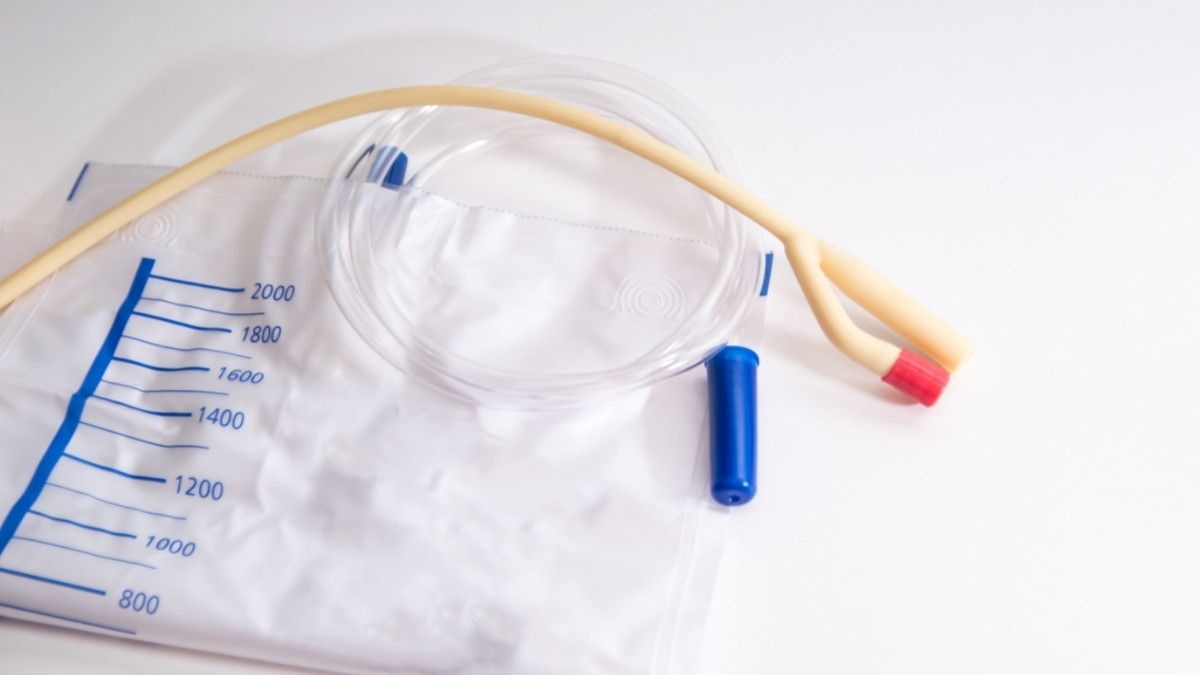Catheters have been used for more than 3,500 years to help pass urine in people who have difficulty urinating normally. Catheters from thousands of years ago are certainly different from the present catheters that have developed through various research. However, the function has not changed. Today there are several kinds of catheters available according to the needs of the patient. In this article, tips on selecting the right catheter will be discussed so that the patient can get the maximum benefit.
Different Catheters for Children and Adults
A catheter is a small and long tube device to empty a bladder that contains urine. Urine is a residual liquid or metabolic waste that must be removed because it may trigger disease if kept for a long time and accumulates in the body. Doctors may recommend the use of a catheter in people with the following conditions:
- Urinary incontinence (inability to control the need to urinate)
- Urinary retention (inability to urinate completely)
- Surgery of the prostate or genitals
- Other conditions such as dementia, spinal cord injury, or multiple sclerosis
Catheters are available in a variety of sizes, materials, and types. The size of the catheter for adults and children is different. Catheters are often placed in children for diagnostic and therapeutic purposes. Catheters of different sizes are available for children depending on their age. Choosing the right size of the pediatric catheter is very important to avoid complications.
Catheter materials include silicone, latex, plastic, metal, and vinyl with straight, angled, 3-way, 2-way, or 1-way tip. There are generally three main types of catheters for children and adults:
- Durable catheter: This type of catheter is inserted into the bladder for several days and attached to a bag used to collect urine or an urinary bag. The bag can be wrapped around the patient’s inner thighs or attached to a pole on the ground. This type of catheter is also known as a Foley catheter.
- Condom Catheter: This condom shaped catheter is usually used by a man with urinary incontinence. This catheter has a tube that is connected to the urinary bag.
- Intermittent catheter: This type of catheter is inserted only when necessary or if the patient is reluctant to use a urinary bag. Usually, the patient inserts and removes this type of catheter themself or with the help of a nurse.
Regular or Silicone Catheter
Among the various catheter materials, there are three commonly used materials: vinyl, latex, and silicone. The vinyl or polyvinyl chloride (PVC) material is pliable and hard. The pliability depends on the brand and the compositions. Many manufacturers use a variety of plasticizers to make their vinyl catheters more pliable.
The latex material is very pliable, but may cause allergic reactions if the patient is allergic to latex. Latex that is too flexible also makes it difficult for some people to place it. As for silicone, it is the most widely used and tested material. The pliability of the silicone catheter is halfway between vinyl and latex. In a comparative study of the three materials, silicone catheters were said to improve patient comfort and reduce the risk of infection.
When to Replace the Catheter?
The catheter is not designed for permanent use. One study found that reducing catheter use and length of hospital stay led to a reduction in catheter-related urinary tract infections. The doctor recommending the use of a catheter will usually tell you when to replace the catheter, including by referring to the instructions for use from the catheter manufacturer.
The catheter usually needs to be replaced within 10 to 14 days. But the indwelling catheter may be used longer. According to the NHS, most indwelling catheters need to be replaced every three months. The condom-type catheter should be replaced every 24 hours.
When and How to Perform Catheter Spooling/Flushing
In the use of a catheter, there is a term of spooling or flushing the catheter. Spooling is necessary, among other things, when the flow of urine is obstructed due to blockages and to clean the bladder. This procedure should be performed by qualified healthcare personnel.
Some equipment is needed for spooling, such as clean and sterile gloves, 0.9% NaCl solution, syringes, sterile containers, and sheets. The general procedure is as follows:
- Patient is in supine position
- Wear clean gloves
- Prepare the tools with clean gloves
- Place the sheets under the urinary bag and catheter tubing connection
- Replace clean gloves with sterile gloves
- Disinfect the urinary bag joint with the catheter tube
- Remove the urethral tube and place the tip of the catheter in a sterile container
- Attach an empty syringe to the catheter at the urine outlet
- Open the catheter clamp and pull the syringe plunger
- If the pull feels heavy, proceed slowly and carefully
- If the blockage is not cleared, connect a syringe filled with 0.9% NaCl
- Open the catheter clamp and gently push in the syringe plunger, then gently pull it out
- If the blockage is gone, open the clamp and drain the fluid from the catheter into a sterile container
- When the flow is stable and complete, clamp the catheter and connect it to the urine bag
- Insert the catheter and place the urinary bag where it was before
- Take off gloves and wash your hands
The Role of Caregivers and Home Care in Avoiding Catheter Complications
For guidance in choosing the right catheter, doctors may recommend the use of certain types of catheters for patients and their families. The hospital doctor or nurse will also provide information about catheter care, including how to insert and replace it. However, the presence of trained healthcare professionals is often necessary to avoid complications from using a catheter in a patient’s home.
This caregiver can help patients insert, replace, and treat the catheter safely. In home care, professional nurses are fully responsible for the safety of the catheter procedure for patients. This way, families can focus more on moral support and patient comfort without having to deal with the technical issues of using catheters.



